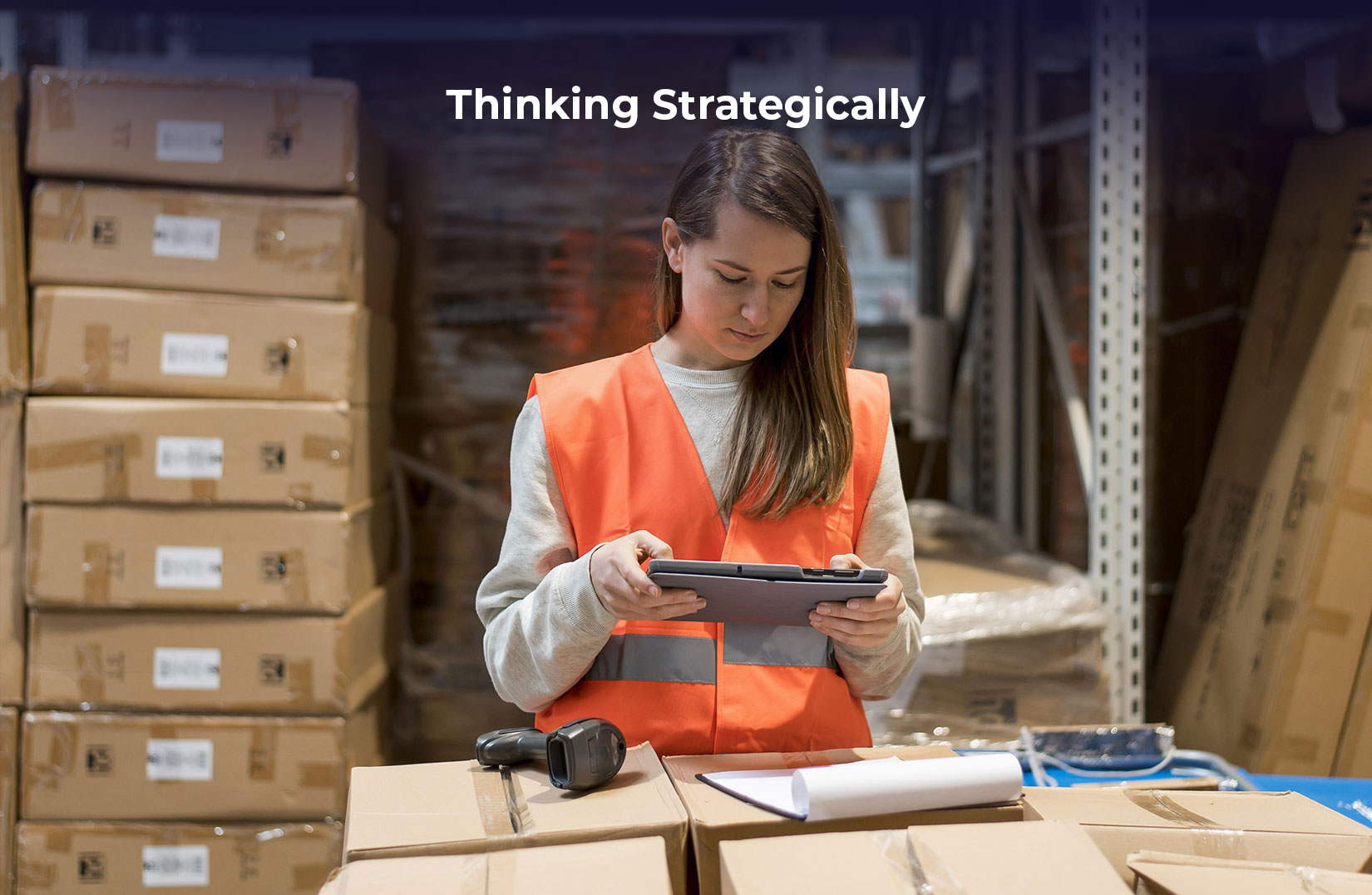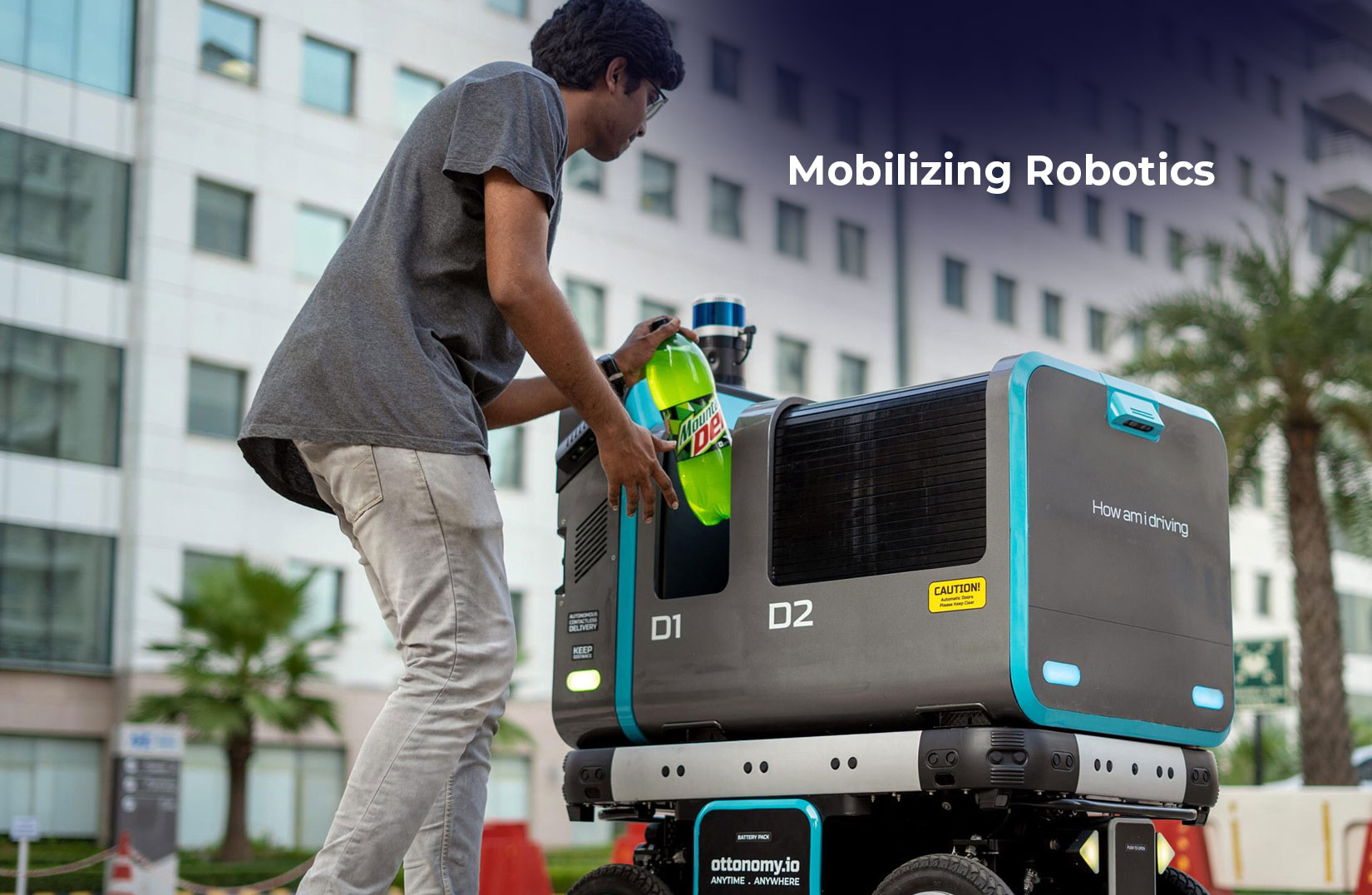
Rethinking Reverse Logistics: Strategy, Technology, and Robotics
Reverse logistics is no longer just a cost center—it’s a strategic priority. With the surge in e-commerce and changing consumer expectations, businesses must rethink how they handle returns. According to the National Retail Federation, returns accounted for $743 billion in lost sales in 2023, with e-commerce return rates averaging 20-30% compared to just 8-10% for brick-and-mortar stores.
Retailers and logistics companies are blending strategy and technology to streamline the process, cut costs, and enhance customer satisfaction. By leveraging new solutions, businesses can reduce return-related losses, improve operational efficiency, and enhance customer loyalty. Those who fail to modernize their reverse logistics operations risk higher costs, inventory mismanagement, and dissatisfied customers.
Thinking Strategically

Handling returns efficiently starts with a well-defined strategy. Businesses are moving beyond reactive return management and proactively designing systems to minimize returns and maximize recovery value. Optimizing return policies is crucial, as 67% of shoppers check return policies before making a purchase. Retailers are striking a balance between flexibility and cost control, offering free returns selectively to reduce unnecessary returns. Companies like Amazon and Walmart are also experimenting with “keep-it” policies for low-value items, reducing processing costs while maintaining customer satisfaction.
Enhancing return forecasting through data analytics helps companies predict return rates more accurately, reducing overstock and optimizing inventory management. When retailers anticipate returns, they can adjust their inventory and reduce supply chain disruptions.
Building circular supply chains is also gaining momentum, with over 70% of retailers exploring refurbishment, resale, and recycling options to minimize waste and recapture value from returned products. By prioritizing sustainability, businesses not only cut costs but also improve brand perception, attracting eco-conscious consumers.
Applying Technology

Advanced technology is transforming reverse logistics. Retailers and logistics providers invest in solutions to accelerate processing, reduce errors, and enhance visibility. AI-powered automation is revolutionizing return management by leveraging machine learning algorithms to analyze return reasons, detect fraud, and optimize restocking decisions. These intelligent systems help businesses minimize return-related losses and improve customer service by enabling faster resolutions. Major retailers like Zara and H&M utilize AI-driven return insights to refine product designs and reduce defect-related returns.
Smart tracking systems, including RFID, IoT, and blockchain, are enhancing transparency by improving return tracking and minimizing losses. Studies indicate that RFID implementation can cut processing time by up to 90%, allowing warehouses to quickly identify and restock returned items. By integrating these advanced technologies, retailers and logistics providers can streamline operations and maximize efficiency in the returns process.
Seamless digital interfaces further simplify the returns experience through automated label generation and self-service portals. Research shows that 72% of customers prefer an effortless online return process, making it a key factor in customer satisfaction and retention. By prioritizing user-friendly returns solutions, retailers can enhance the customer experience while simultaneously optimizing operational performance.
Mobilizing Robotics

Robotics is playing a crucial role in enhancing efficiency in reverse logistics. Warehouses and fulfillment centers are integrating robotic systems to handle returns with speed and accuracy. Automated sorting systems categorize returned items based on their condition and destination, reducing manual labor costs by up to 50%. These robots help businesses manage high return volumes efficiently, especially during peak seasons like the holiday shopping period.
AI-powered inspection using computer vision speeds up quality control, enabling warehouses to process returns up to five times faster than traditional methods. These systems can quickly determine whether a returned item is resellable, defective, or needs refurbishment, reducing delays in restocking.
Robotic pick-and-place systems streamline item handling, cutting down return processing time and improving accuracy. This is critical given that labor costs in logistics have risen by 30% in the past five years. By leveraging robotics, companies can reduce reliance on manual labor while improving accuracy and productivity.
The Future of Reverse Logistics
The future of reverse logistics will be shaped by continued advancements in AI, automation, and sustainability initiatives. Personalized return policies will become more common, using AI to tailor return options based on customer history and product type. This will help businesses offer better incentives to loyal customers while discouraging serial returners.
Sustainability efforts will also drive innovation in reverse logistics. Companies will focus on reducing returns by improving product descriptions and leveraging virtual try-ons. They will also encourage more in-store returns to lower carbon footprints. Major brands like Nike and Patagonia are already implementing circular economy initiatives. They refurbish and resell returned goods instead of sending them to landfills.
Final Thoughts
With e-commerce returns growing rapidly, businesses must rethink their reverse logistics strategies to stay ahead. Companies that invest in smart strategies, cutting-edge technology, and robotics can transform returns management from a financial drain into a competitive advantage.
By improving efficiency, reducing costs, and enhancing sustainability, businesses can turn the challenges of reverse logistics into opportunities for growth. As technology continues to evolve, those who embrace innovation will not only enhance their operations but also improve customer satisfaction and brand loyalty.
Click on the red button and book a demo with LogiNext to streamline your return logistics today!
31







@LogiNext